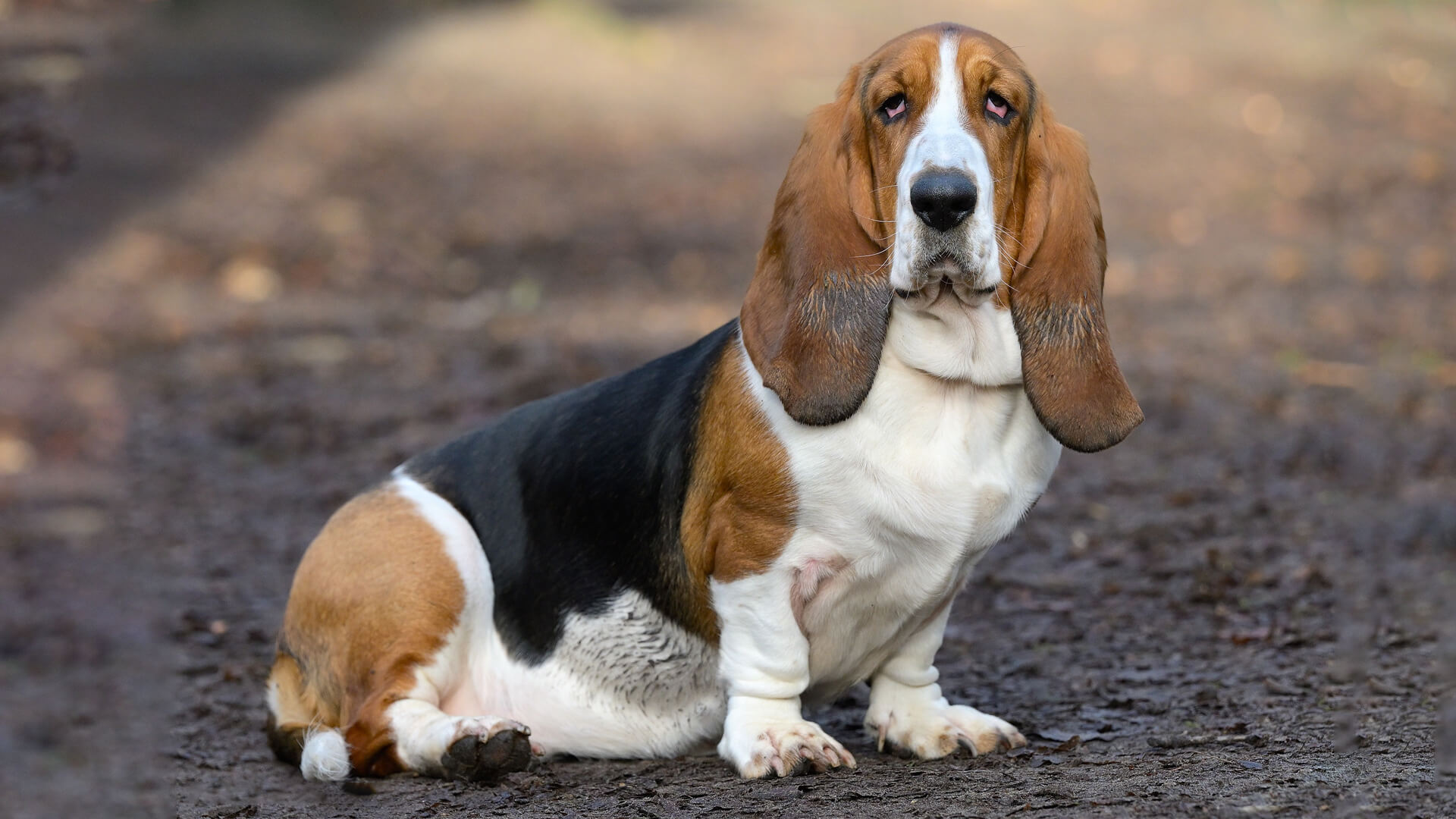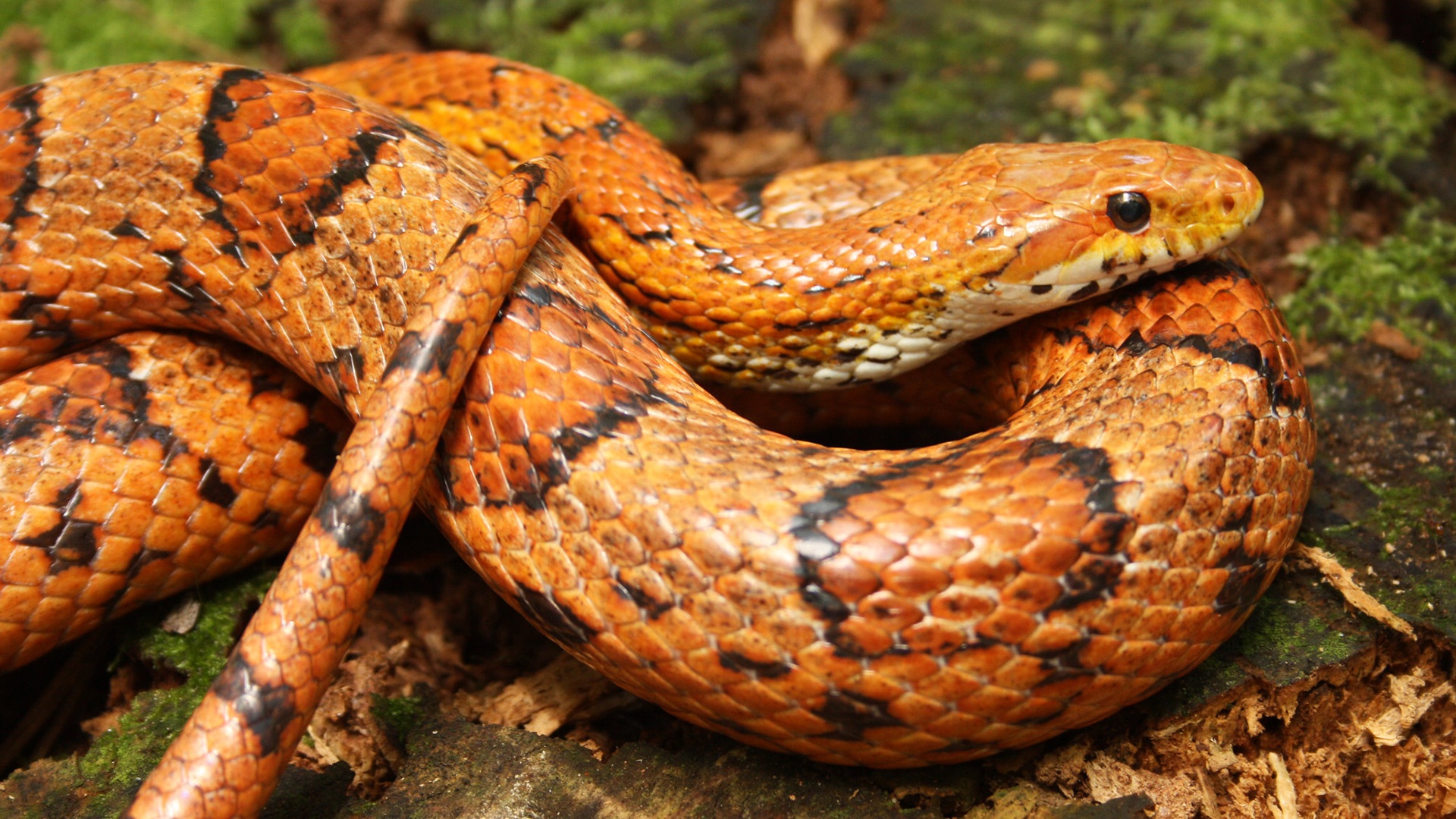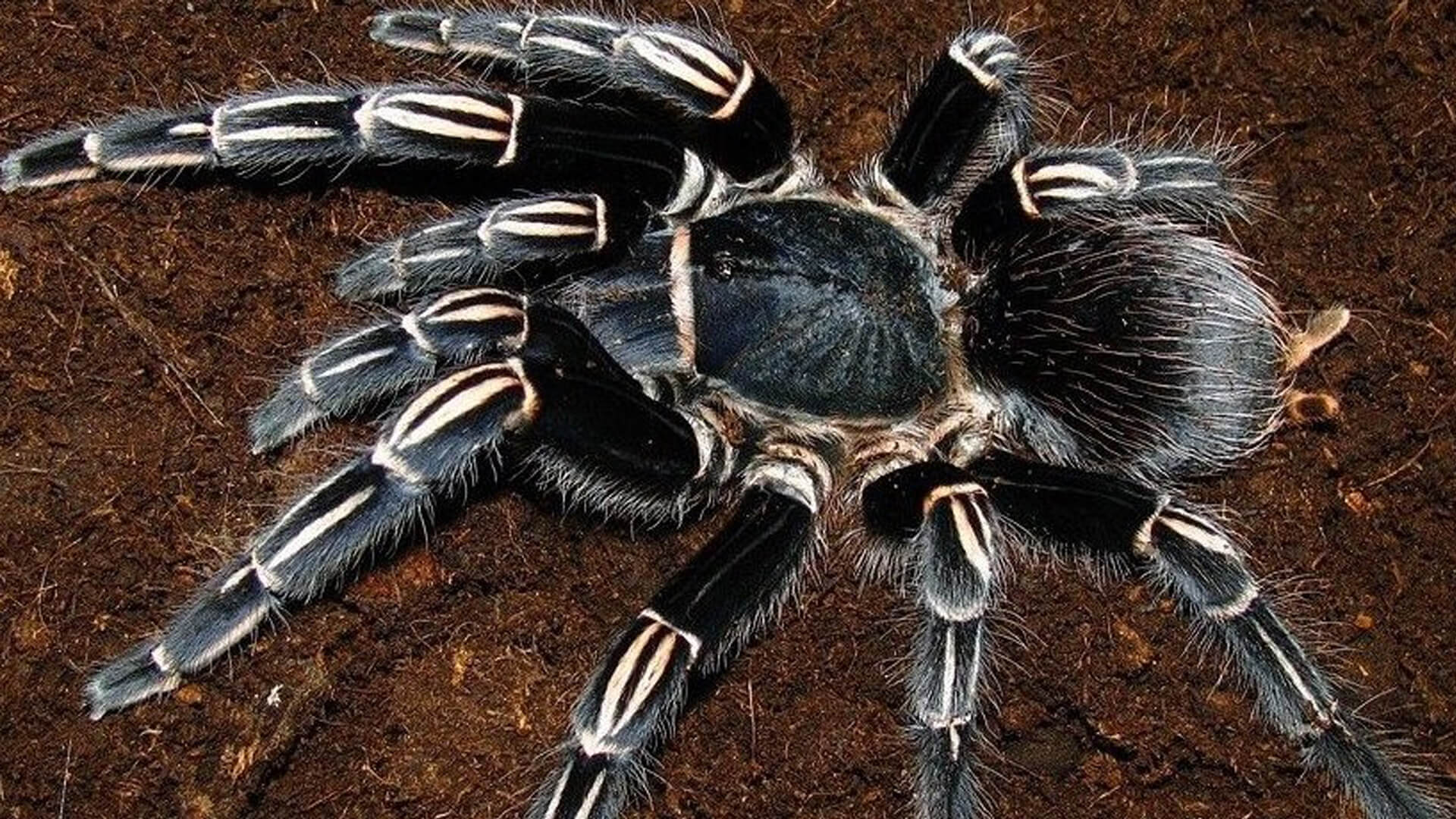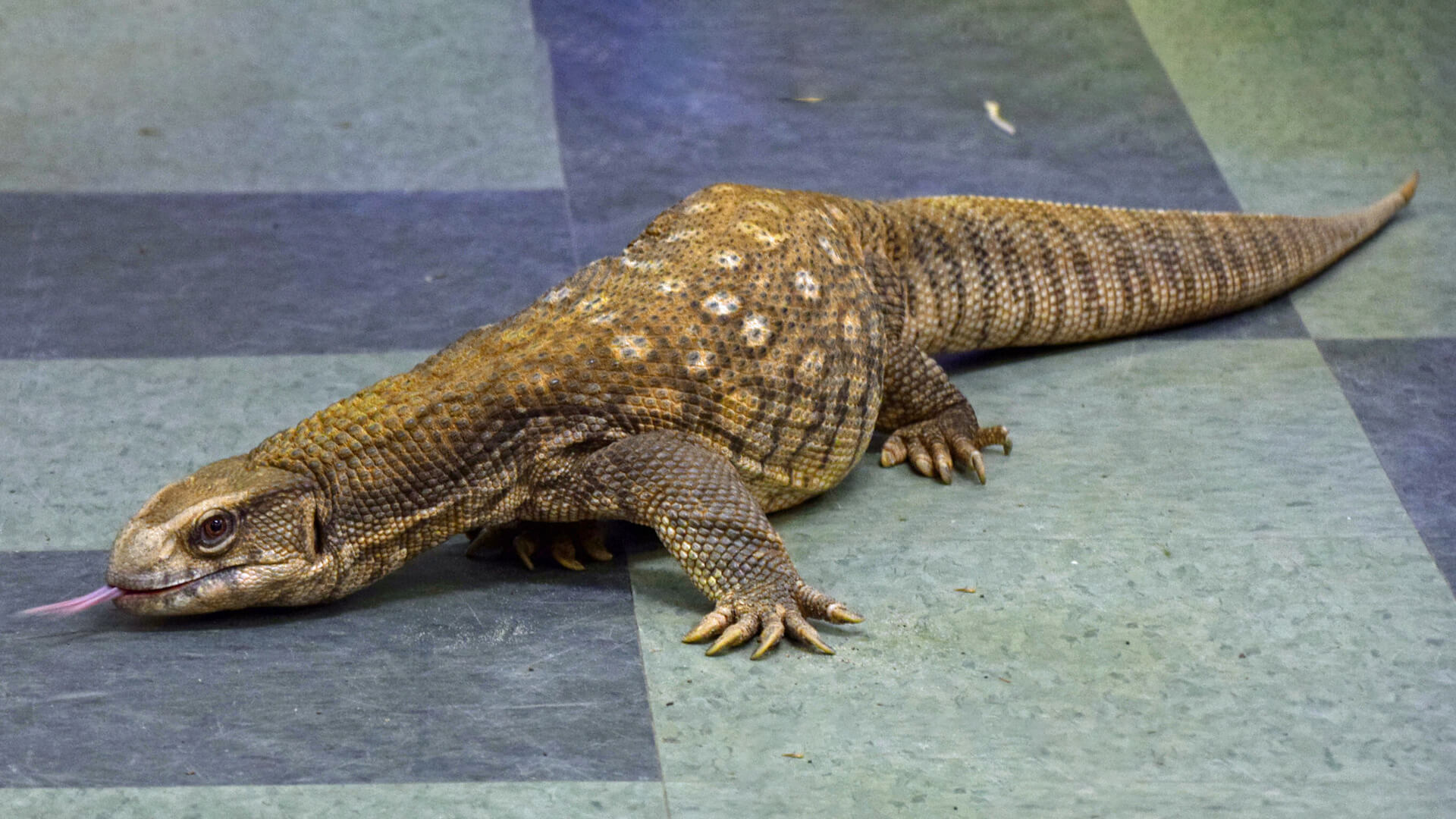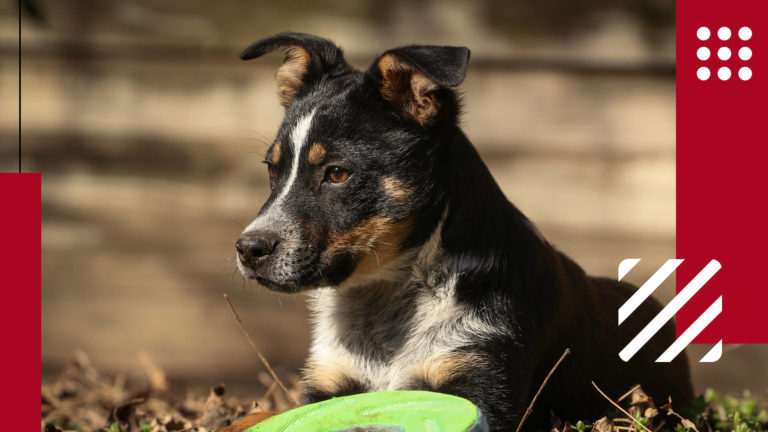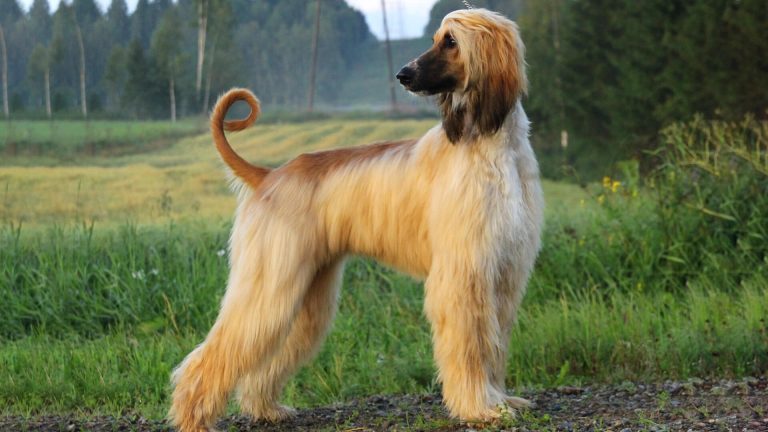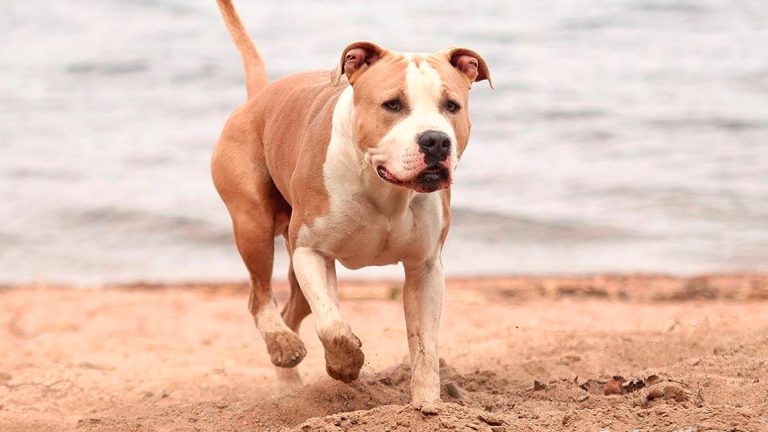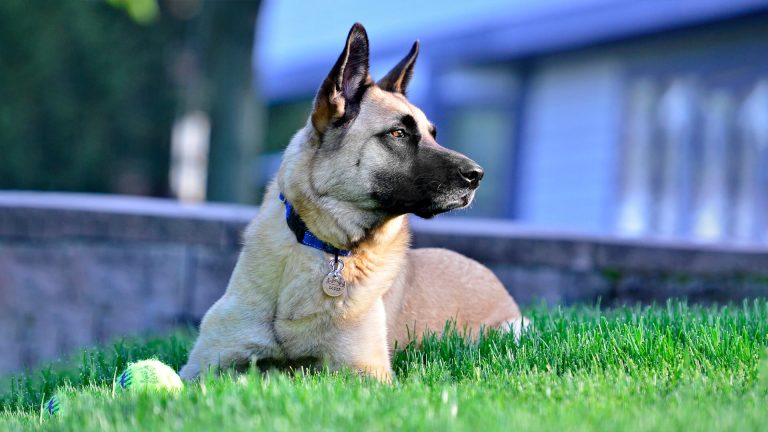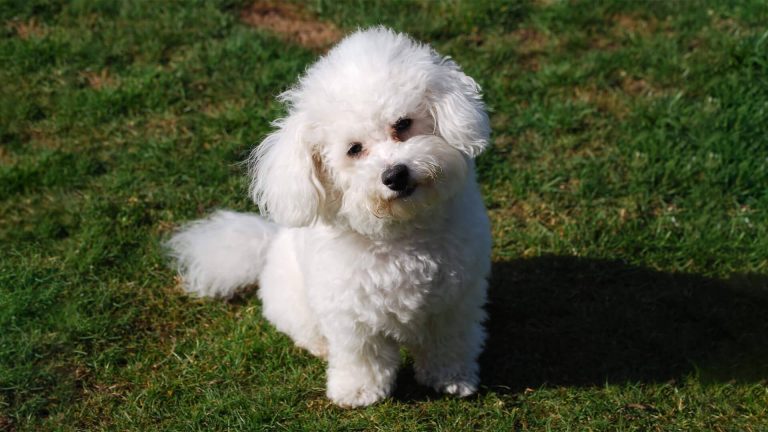Bernedoodles created a ripple when this mixed bred appeared on the scene. The new species are prone to certain diseases such as hip as well as elbow dysplasia and some form of skin eruptions. As an owner, you should consider the plus and the minus side of keeping this breed as a pet. These cute dogs have been the cynosure of the public ever since their inception.
Origin of Bernedoodle
A crossbreed Bernedoodles have a resemblance to the teddy bear and are popular among dog lovers. Countries like the US, Australia, Canada, and the UK adorn these species. The Bernese mountain dog is a Swiss Breed and the Poodle is a German Breed. The Berne-doodle genes give it the appealing features and habits of the parents. The noticeable wavy curly hair which is a low shed coat of the poodle makes it in demand as an indoor family pet. The coat has tricolored markings black, rust and white but Golden-doodle is cream or apricot red in differing shades.
Crossbreeding enhances the life span of the dog as healthier pups are born through a hybrid method. The owners enjoy the intelligence, weird behavior, gentleness, and loyalty of these dogs. It is true they are not bred for dog shows but are an affectionate companion for the owners and children. These dogs are a very good swimmer and a runner.
Sherry Rupke belonging to Swiss Ridge Kennels was the first to breed Bernedoodles in 2003. Rupke used Australian Labradoodle and the breeder outcome was Australian Bernedoodle. The breed became instantly popular. The two varieties of this species the Standard, as well as Mini Bernedoodles, are born by mating mother a purebred of Bernese mountain dog and father a Standard Poodle or a Miniature Poodle.
The tiny Bernedoodle is cited as coming from the mother who is a first-generation Mini Bernedoodle mated with father toy Poodle. Thus the ratio is 75% Poodle and 25% Bernese mountain dog. The other sizes are 50/50 size. The Standard Bernedoodle is more suitable for a backyard house. The mini is happy in apartment living. Both breeds are equally energetic.
Distinctive Features of Bernedoodle
| Breed Name | Bernedoodle |
| Lifespan | 15-20 years |
| Weight | 50-90 pounds |
| Size | 18-29 inches |
| Color | Various colors, often tricolor with black, white, and brown |
| Coat | Thick, wavy or curly, usually low-shedding |
| Health risk | Moderate (may be prone to certain health issues like hip dysplasia and certain genetic conditions) |
| Unique trait | Crossbreed between a Bernese Mountain Dog and a Poodle |
| Famous for | Affectionate nature, intelligence, and hypoallergenic coat |
| Temperament | Friendly, social, and good with families |
| Maintenance | Moderate to high (requires regular grooming and exercise) |
| Adaptability | Moderate (can adapt to various environments with proper exercise and socialization) |
| Behavior | Generally good with children |
| Personality | Playful, energetic, and intelligent |
| Social | Usually friendly with other pets and people |
The characteristic features of Bernedoodles are its compact body and medium-length hair. The tail is bushy. The two ears are long and hanging. The eyes appear as two buttons. The hair coat may differ from being curly to wavy or straight. The coat is hypoallergenic. The color is inherited from the parent so variations range from black and brown, white to tri-colored.
It's a designer dog and that is why it becomes difficult to exactly predict the looks of the litter. The parents' genes combination may show up in different combinations. The dog has a large well-proportioned body and the tail is bushy. The long ears hand down from both sides. The snout is compact and the nose is black.
The color most in demand is tri-color black, white, and brown. They come in variations. In case they have a prominent gene of Poodle the coat may be grey, fawn, cream, apricot, and merle.

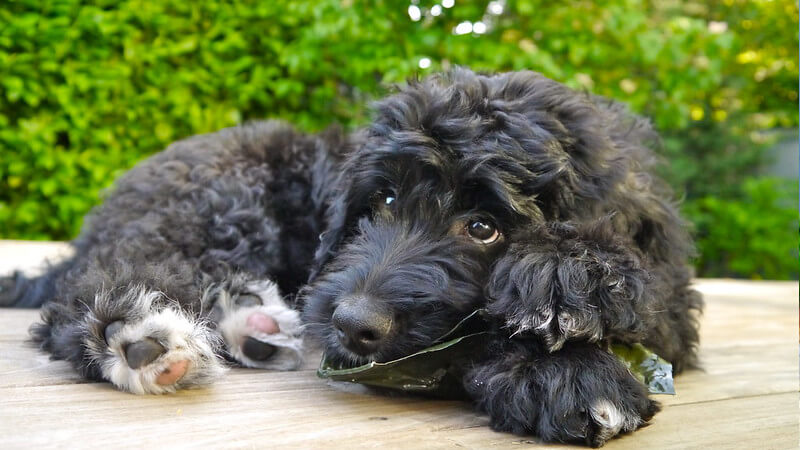
Guide to Take Care of Pet Bernedoodle
These dogs bring joy and laughter to the family. They are not a barky breed. However, they suffer from separation anxiety if left alone for a longer duration. Bernedoddle loves the owner extremely and other members of the family too. They are a little wary of strangers. These dogs can be combated with ease. Their socialization with different people and dogs should start when they are puppies. With such training, they become sociable dogs.
What to Feed Pet Bernedoodle?
Pick up trusted band high-quality food formula according to the dog size so it gets the required nutrition. The puppy should be fed 3-4 meals a day. When it is 6 months they need 2 meals a day. A year-old should be fed adult food. The best dog food will have meat as the main ingredient. This will suffice their protein demand. By a rough formula, feed the dog 20 calories per IB of body weight. They like to eat boiled rice and boiled chicken. Regular treats like pumpkin, curd, boiled sweet potato, boiled turkey, boiled liver, boiled meat cottage cheese are relished by them. They meet their protein need through the cited diet.
How to Take Care of Pet Bernedoodle?
Grooming needs will rely on the variety of coats of the dog. Those dogs with straight hair coats need to be brushed once a week. Straight hair shed and you will need a vacuum cleaner. Those with wavy or curly coat brushing will be needed many times a week so matting does not happen. Visit the groomer once in two months to trim the coat. Periodically nails will be clipped, ears cleaned and flea, as well as worming, needs to be dealt with.
Brush Bernedoodle thrice a week and get mats to tangle straightened. Bath in a couple of months is sufficient. A very frequent bath will drain out the natural oil of the fur and it is important to keep the coat moisturized. Brush the teeth twice or thrice a week. Ears should be checked every week to detect the possibility of infection or foreign objects in the ear.
What People Are Reading:
What it's Like to Have a Pet Bernedoodle?
These dogs are a moderately active breed. Outdoor activity in the form of a hike or morning jog is liked by them. If the mobility of the owner is less it's fine as they do not require intensive exercise. These dogs adjust well in an apartment and daily walks. Owners are advised to find a way to spend extra energy they stay fit. They easily adapt to the lifestyle of the owner and are happy. The smaller variety is more active compared to the larger variety.
The hybrid vigor has made these dogs healthier than their parents. However, these species are prone to sicknesses such as hip and elbow dysplasia and certain skin problems. Check the hip and elbows of parents as well as puppies before buying. Tiny Berndoodles are likely to get digestive problems.
The breed is a new entrant in the market and a reputable breeder with good breeding practices is not easy to get. As a customer, you should be able to see the puppies along with the mother. This way you can make a well-informed decision. As regards standard and mini breed, both parents need to be purebreds. For Tiny, the father must be purebred. Talk about the tendencies of puppies from a breeder. Their observation will help you. These puppies do not come cheap. Bad breeding methods bring down the price.
Bernedoodle is cute human-friendly and pet-friendly if you have a cat, parrot, or ferret already in the house. They adjust to all breeds and dogs. They are true companions. These are intelligent dogs so from an early age teach them the right from the wrong. Discipline should be firm and strict. At times they will not listen if treated with kindness.
Frequently Asked Questions About Pet Bernedoodle
Here we have answered some of the most commonly asked questions about the Bernedoodle. Feel free to leave your question if you don't find it here.
How big do Bernedoodles get?
Bernedoodle puppies develop to varying sizes depending on their parents. However, females are smaller than males. They are fully mature in a year.
What is the typical size of a Bernedoodle?
Bernedoodles come in different sizes, including standard, mini, and tiny (also known as toy or micro). The size of a Bernedoodle can vary based on the size of the Poodle parent used in breeding. Standard Bernedoodles are usually larger, ranging from 50 to 90 pounds, while mini Bernedoodles are typically between 25 to 50 pounds. Tiny Bernedoodles can weigh less than 25 pounds.
Are Bernedoodles aggressive?
Bernedoodles are known for being friendly, intelligent, and affectionate dogs. They tend to be good with families and children, as well as other pets. Their temperament can vary depending on factors such as genetics and socialization, but in general, they are loving and eager to please their owners.
How much exercise do Bernedoodles require?
Bernedoodles are moderately active dogs that require regular exercise to keep them happy and healthy. Daily walks, playtime, and mental stimulation are important to meet their exercise needs. The specific exercise requirements can vary depending on the size and energy level of the individual Bernedoodle.
Are Bernedoodles easy to train?
Bernedoodles are generally intelligent and eager to please, which can make them relatively easy to train. Positive reinforcement methods, consistency, and early socialization are key to successful training. Working with a professional dog trainer or attending obedience classes can be beneficial, especially for first-time dog owners.

